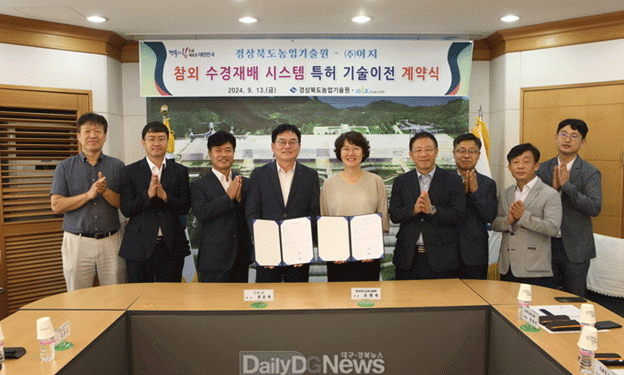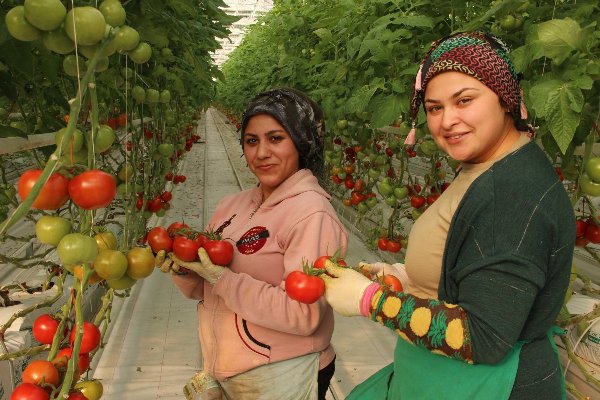Gyeongsangbuk-do’s Agricultural Research and Extension Services has developed cutting-edge technology aimed at revolutionizing melon farming, particularly through hydroponics. This breakthrough, involving precise water and nutrient management, has resulted in a significant 1.7-fold increase in production, making it one of the most promising advancements in horticulture for the region. As agriculture grapples with labor shortages and climate change, this innovation offers a sustainable path forward.
Melon farming, especially of the Gyeongbuk region’s specialty Chamoe (Korean melon), has long been a labor-intensive process. With labor costs accounting for 88% of the total production costs (5,225,762 KRW/10a), the need for automation and efficiency is critical. The introduction of hydroponics, coupled with precision agriculture technologies, aims to tackle these challenges head-on.
Advanced Hydroponic Technology for Precision Farming
On September 13, 2024, Gyeongbuk’s Agricultural Research Center signed a commercialization agreement with agricultural equipment manufacturer Easy Co., Ltd. to introduce their patented hydroponic system specifically designed for melon cultivation. The system features:
- Customized Substrates for melon cultivation.
- Water-Responsive Nutrient Delivery Systems: Utilizing sensors near the plant roots to automatically adjust nutrient and water supply based on real-time data, optimizing plant growth.
This innovation significantly improves efficiency, reducing water and nutrient usage by 50%, while increasing melon yields by 1.7 times. Previously, traditional farming methods produced approximately 3,645 kg/10a. The new hydroponic approach, however, yields up to 6,374 kg/10a, with the potential to boost the region’s melon industry by 1.913 billion KRW in added value.
Addressing Labor Shortages and Climate Challenges
With the farming population aging and labor shortages becoming more acute, the automation of melon farming is essential. Climate change, combined with insufficient sunlight during critical growing seasons, has further exacerbated productivity issues. The hydroponic system, alongside other automation technologies like robots and vertical hanging beds, offers a way to overcome these hurdles.
In addition to the immediate benefits of increasing production, the hydroponic system reduces the need for manual labor by automating key tasks such as irrigation and nutrient delivery. This directly addresses the labor challenges in the melon industry, where finding enough workers has become increasingly difficult.
A Future-Ready Farming Model
Gyeongbuk’s hydroponic system is part of a larger effort to digitally transform agriculture in the region. As part of the Chilgok Melon Special Crop District, these technologies are expected to help the region develop new income models by cultivating export-oriented melon varieties. The broader vision includes integrating advanced digital farming tools such as big data analytics, artificial intelligence, and robotics into agriculture.
Researchers at the Gyeongbuk Agricultural Research Center are also exploring other innovations, including the use of robots for pest control and automated harvesting. Vertical farming techniques like hanging beds are being tested to further improve space utilization and productivity.
The introduction of digital farming and hydroponic systems in Gyeongbuk represents a paradigm shift for the region’s agriculture, especially for labor-intensive crops like melons. With a 1.7-fold increase in productivity and substantial reductions in water and nutrient use, these innovations offer a glimpse into the future of farming. As climate change and labor shortages continue to affect traditional agriculture, precision farming technologies could pave the way for a more sustainable and efficient agricultural sector in Korea. Gyeongbuk’s efforts to embrace digital farming may well serve as a model for other regions and crops, marking the beginning of a high-tech revolution in agriculture.












